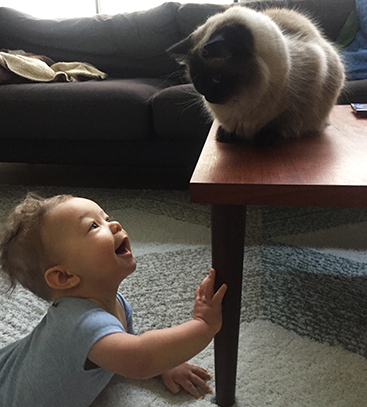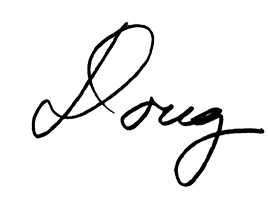
January 11, 2018
The Buddha said, “I teach one thing and one thing only: suffering and the relief of suffering.”
It sounds like two things. What does this say about the Buddha?
It says he didn’t speak English.
Nuances don’t translate easily from one language to another. We think he spoke Magadhi Prakrit. Hundreds of years after he died, his words were written down in Pali. Thousands of years later they were translated into English.
In his own tongue, I suspect he said, “I teach one thing: the cultivation of well-being. But to cultivate well-being we have to relieve suffering. And to relieve suffering we must first understand how it works.” Through the centuries this got reduced and codified as “suffering and the relief of suffering.”
This nuance is important. Buddhism does not center on suffering. It centers on well-being and how it can be realistically cultivated.

In the later suttas he says, “suffering is caused by clinging” (upadana in Pali). In the earliest text, he says, “Suffering comes from things that are dear (piya) to us.” The idea is similar, but “dear” or “holding dear” is less moralistic. My family is dear to me. Since I love them, they’re a potential source of suffering. The Buddha wasn’t saying this is bad. He was just articulating a sobering reality: pain can be the price of love — a price we gladly pay.
I’ve found this very helpful in meditation. As the mind wanders off to various topics, rather than seeing the thinking as an evil hindrance or me as bad for “clinging” to those thoughts, I just notice them wisely — recognize that I hold them dear, release them, relax, invoke uplifted qualities or re-smile, return to my base practice of sending out kindness or peacefulness, and repeat this process as needed. I six-R.

Holding dear can be negative or positive. If my mind goes to an argument with a friend or to political worries, the mind sticks to those not because they are dear to me in the positive sense. It sticks because I’d dearly love to resolve them. It’s still a form of holding dear (piya) even if it translates awkwardly into English.
To use holding dear as a tools for inquiry, we can borrow from the teacher Byron Katie and reframe it into questions. The questions have no right or wrong, good or bad answers:
What do I hold dear? What do I consider unwelcome?
How does this effect me?
Who would I be without it?
Metta,

Copyright 2018 by Doug Kraft
This document is licensed under a Creative Commons Attribution-NonCommercial 4.0 International License. You are welcome to use all or part of it for non-commercial purposes as long as you credit the author. Specific licensing details are here.
How to cite this document
(a suggested style): "Blog: Holding Dear" by Doug Kraft, www.dougkraft.com/?p=Blog180111HoldDear.